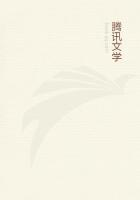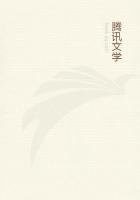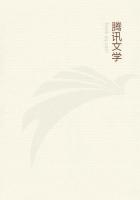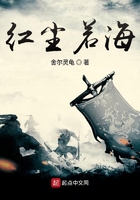After this the Sultan went to Masulipatam,which he reduced,and thence returned to Kondapalle.This was his last success.His cold-blooded murder of the celebrated Mahmud Gawan,his loyal and faithful servant,in 1481,so disgusted the nobles that in a short time the kingdom was dismembered,the chiefs revolted,the dynasty was overthrown,and five independent kingdoms were raised on its ruins.
Muhammad Shah died on 21st March.A.D.1482.Shortly before his death he planned an expedition to relieve Goa from a Vijayanagar army which "Sewaroy,Prince of Beejanuggur,"had sent there (Firishtah);but the Sultan's death put a stop to this (BURHAN-I MAASIR).
We have some further information on the affairs of Kulbarga during the reign of Muhammad Shah in the writings of the Russian traveller Athanasius Nikitin,but it is very difficult to fix the exact date of his sojourn there.Nikitin was a native of Twer,and set out on his wanderings by permission of the Grand Duke Michael Borissovitch,and his own bishop,Gennadius.This fixes the time of his start so far that it must have taken place subsequent to 1462,and the author of the "Bombay Gazetteer,"RE Poonah,assigns the period 1468to 1474as that of Nikitin's stay in India.
Nikitin first went to Chaul,and thence travelled by land to Junir.
"Here resides Asat,Khan of Indian Jooneer,a tributary of Meliktuchar....He has been fighting the Kofars for twenty years,being sometimes beaten but mostly beating them."By "Meliktuchar"is probably meant the celebrated minister Mahmud Gawan,who in 1457A.D.received the title "Mallik-al-Tijar,"a title which was borne by the chief amongst the nobility at the Bahmani court.It meant literally "chief of the merchants."The "Kofars"are,of course,the Kaffirs or Hindus.Firishtah tells us of fighting having taken place in 1469between the Mallik-al-Tijar and "the roles of Songeer,Khalneh,and rebels in Kokun,"when the troops of Junir were under the Mallik's command.During the war he captured Goa,as already stated.There were campaigns also against the Hindus of Rajahmundry,Vinukonda,and other places,and in 1472one against Belgaum,which has been already described.Firishtah tells us that the Daulatabad and Junir troops were sent against the powerful Hindu Raja Narasimha on the east coast.[163]As to Kulbarga and his experiences there,Nikitin writes as follows:--"The Hindus ...are all naked and bare-footed.They carry a shield in one hand and a sword in the other.Some of the servants are armed with straight bows and arrows.Elephants are greatly used in battle....Large scythes are attached to the trunks and tusks of the elephants,and the animals are clad in ornamental plates of steel.They carry a citadel,and in the citadel twelve men in armour with guns and arrows....The land is overstocked with people;but those in the country are very miserable,whilst the nobles are extremely opulent and delight in luxury.They are wont to be carried on their silver beds,preceded by some twenty chargers caparisoned in gold,and followed by three hundred men on horseback and five hundred on foot,and by horn-men,ten torch-bearers,and ten musicians.
"There may be seen in the train of the Sultan about a thousand ordinary horses in gold trappings,one hundred carrels with torch-bearers,three hundred trumpeters,three hundred dancers....The Sultan,riding on a golden saddle,wears a habit embroidered with sapphires,and on his pointed headdress a large diamond;he also carries a suit of gold armour inlaid with sapphires,and three swords mounted in gold....The brother of the Sultan rides on a golden bed,the canopy of which is covered with velvet and ornamented with precious stones....Mahmud sits on a golden bed,with a silken canopy to it and a golden top,drawn by four horses in gilt harness.Around him are crowds of people,and before him many singers and dancers....

